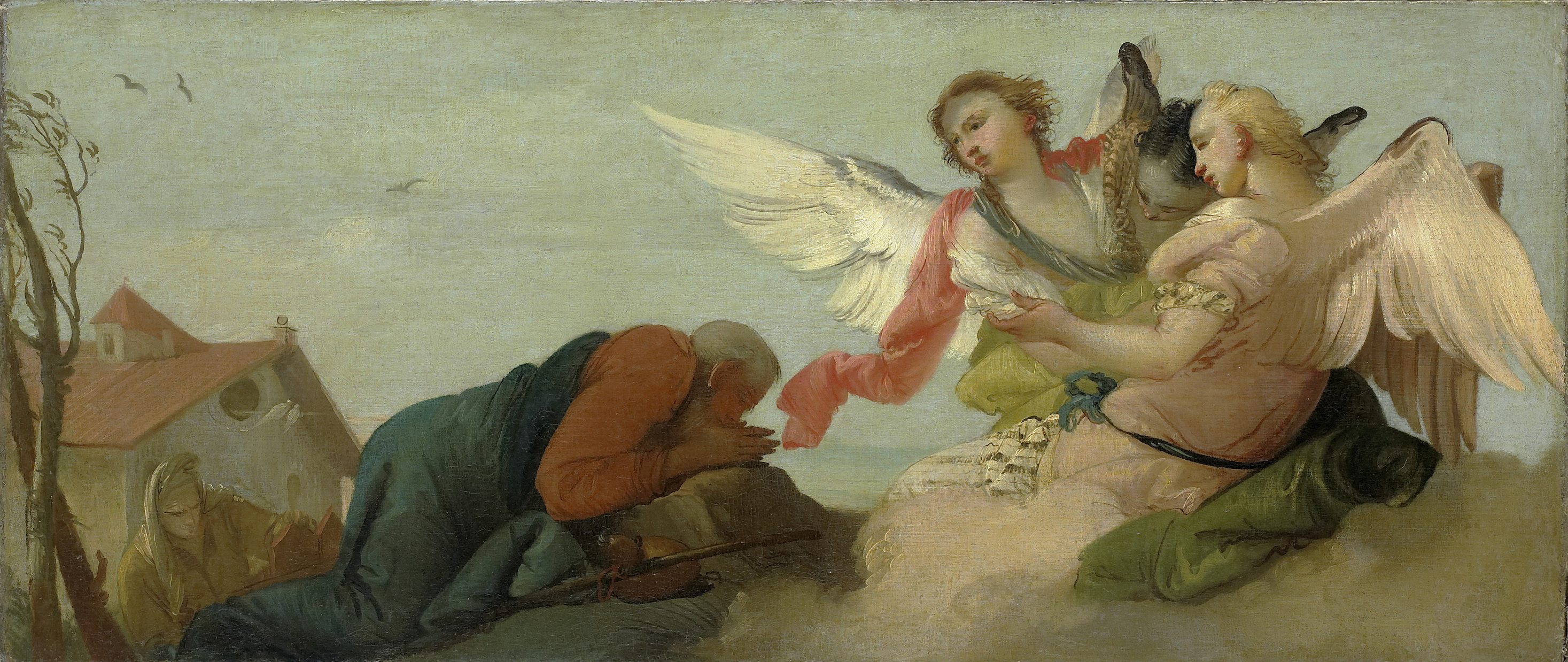Francesco Zugno on:
[Wikipedia]
[Google]
[Amazon]
 Francesco Zugno ( c. 1708–1787) was an
Francesco Zugno ( c. 1708–1787) was an
 Few details about his life are known. He trained at the Academy of Painting and Sculpture of Venice. When he entered, on the advice of his father Zugno Faustin, in the workshop of
Few details about his life are known. He trained at the Academy of Painting and Sculpture of Venice. When he entered, on the advice of his father Zugno Faustin, in the workshop of
 Francesco Zugno ( c. 1708–1787) was an
Francesco Zugno ( c. 1708–1787) was an Italian
Italian(s) may refer to:
* Anything of, from, or related to the people of Italy over the centuries
** Italians, a Romance ethnic group related to or simply a citizen of the Italian Republic or Italian Kingdom
** Italian language, a Romance languag ...
painter of the Rococo
Rococo, less commonly Roccoco ( , ; or ), also known as Late Baroque, is an exceptionally ornamental and dramatic style of architecture, art and decoration which combines asymmetry, scrolling curves, gilding, white and pastel colours, sculpte ...
period who had a successful career in Venice.
Life
Francesco Zugno was born inVenice
Venice ( ; ; , formerly ) is a city in northeastern Italy and the capital of the Veneto Regions of Italy, region. It is built on a group of 118 islands that are separated by expanses of open water and by canals; portions of the city are li ...
in 1709 and probably died there in 1787. The Zugno were an ancient Venetian family and its members included artists such as the fifteenth century painter Giambattista Zugno. The Brescia branch of the Zugno family also includes a Zugno Francesco (1574-1621) with whom the artist who is the subject of this entry is sometimes confused.
 Few details about his life are known. He trained at the Academy of Painting and Sculpture of Venice. When he entered, on the advice of his father Zugno Faustin, in the workshop of
Few details about his life are known. He trained at the Academy of Painting and Sculpture of Venice. When he entered, on the advice of his father Zugno Faustin, in the workshop of Giambattista Tiepolo
Giovanni Battista Tiepolo ( , ; 5 March 1696 – 27 March 1770), also known as Giambattista (or Gianbattista) Tiepolo, was an Italian painter and printmaker from the Republic of Venice who painted in the Rococo style, considered an import ...
around 1730, Francesco already had a solid training as a painter. As a disciple and collaborator of Tiepolo, he realized between 1730 and 1737 several paintings. Amongst others, he collaborated with Tiepolo on the frescoes for the Palazzo Labia
Palazzo Labia is a baroque palace in Venice, Italy. Built in the 17th–18th century, it is one of the last great Palazzo, palazzi of Venice. Little known outside of Italy, it is most notable for the remarkable frescoed ballroom painted 1746� ...
. He received his first commission for paintings for the convent church of San Lazzaro degli Armeni
San Lazzaro degli Armeni (, "Saint Lazarus of the Armenians"; sometimes called Saint Lazarus Island in English; ) is a small island in the Venetian Lagoon which has been home to the monastery of the Mekhitarists, an Armenian Catholic congregati ...
in Venice.
Among his masterworks is a series of wall frescoes of figures in quadratura
Illusionistic ceiling painting, which includes the techniques of perspective di sotto in sù and quadratura, is the tradition in Renaissance, Baroque and Rococo art in which ''trompe-l'œil'', perspective tools such as foreshortening, and other ...
balconies, works that were part genre
Genre () is any style or form of communication in any mode (written, spoken, digital, artistic, etc.) with socially agreed-upon conventions developed over time. In popular usage, it normally describes a category of literature, music, or other fo ...
, part courtly conceit. He later completed a fresco cycle for the Villa Soderini-Berti, in Nervesa near Treviso
Treviso ( ; ; ) is a city and (municipality) in the Veneto region of northern Italy. It is the capital of the province of Treviso and the municipality has 87.322 inhabitants (as of December 2024). Some 3,000 live within the Venetian wall ...
. He was strongly influenced by Giovanni Battista Tiepolo
Giovanni Battista Tiepolo ( , ; 5 March 1696 – 27 March 1770), also known as Giambattista (or Gianbattista) Tiepolo, was an Italian painter and printmaker from the Republic of Venice who painted in the Rococo style, considered an import ...
and his works. He was a founding academic of the Accademia of Venice
Venice ( ; ; , formerly ) is a city in northeastern Italy and the capital of the Veneto Regions of Italy, region. It is built on a group of 118 islands that are separated by expanses of open water and by canals; portions of the city are li ...
.
He was married in 1742. The Venetian painter Alessandro Longhi
Alessandro Longhi (12 June 1733 – 8 November 1813) was a Venice, Venetian portrait Painting, painter and printmaker in etching (mostly reproductions of paintings). He is known best for his oil portraits of Venetian nobles of state. Like Seba ...
, who knew him well, said Zugno was inclined to melancholy and loneliness.Alessandro Longhi, Compendio delle vite de'Pittori Veneziani (...), Venezia, 1762, XIX
References
External links
1700s births 1787 deaths 18th-century Italian painters Italian male painters Rococo painters Painters from Venice 18th-century Italian male artists {{Italy-painter-18thC-stub